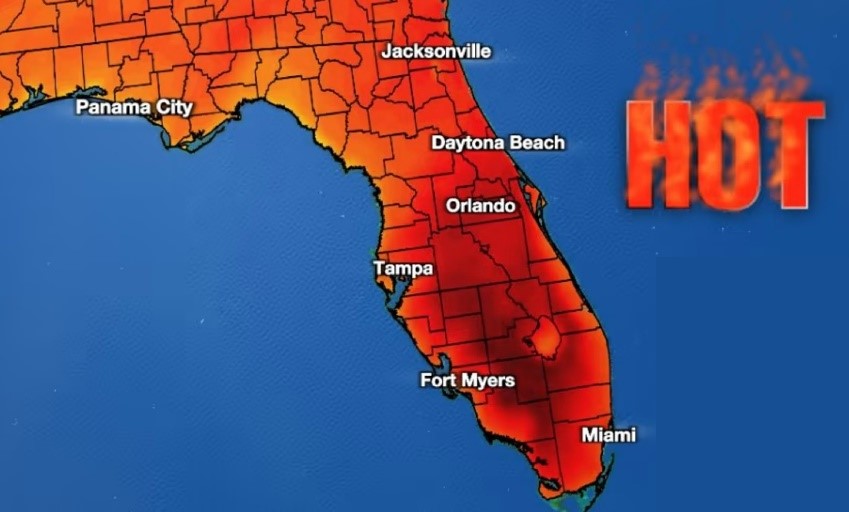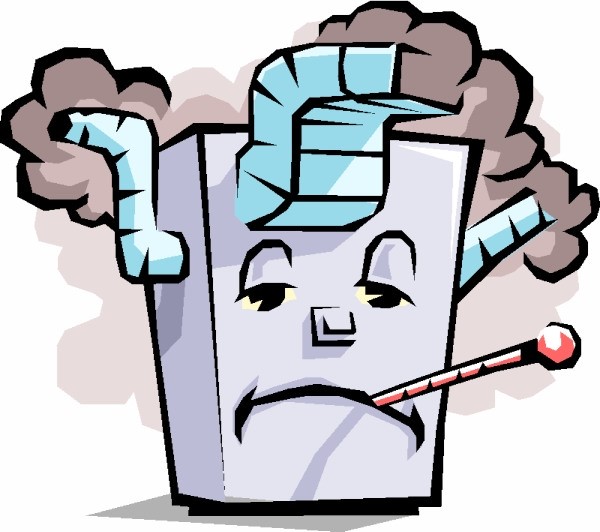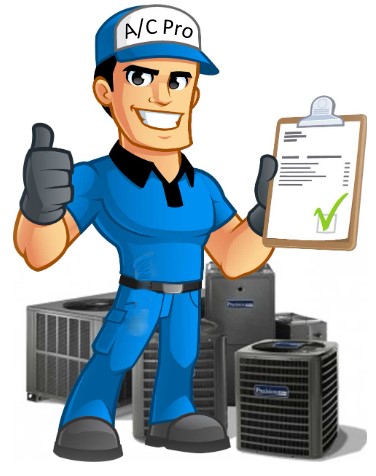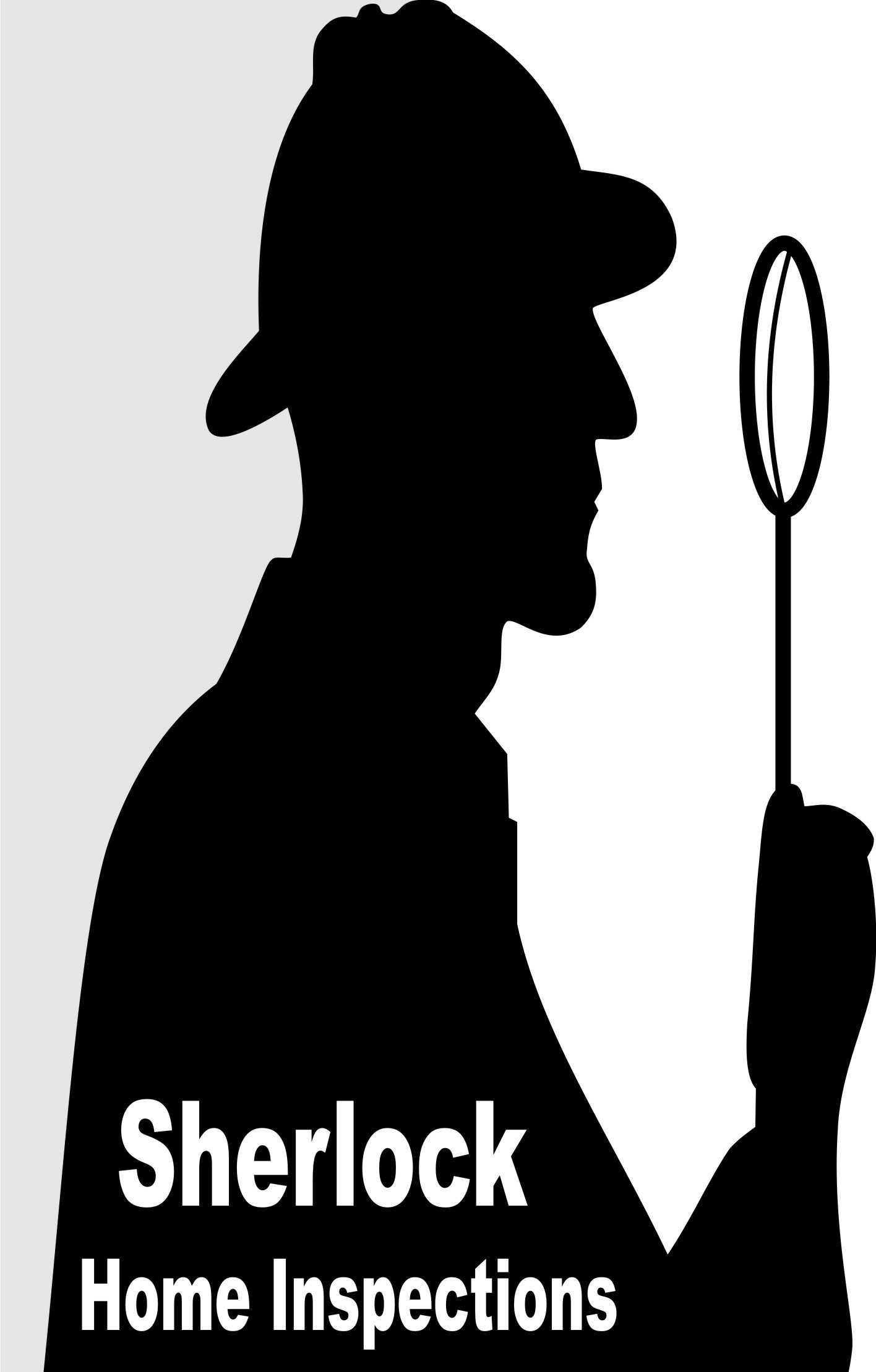With record-breaking heat, the last thing anyone wants is a problem with their A/C system.
Hopefully this will help.
Please save & share this email, the advice within could prove very valuable.

Cost: $0 if you do it yourself (tips below).
Usually, $150+ for an inspection; repairs & replacement depends on need.
* BEWARE of the $69 or $89 check-ups offered by many A/C companies. We’ve heard all kinds of horror stories about these folks finding all kinds of problems that required total replacement of newer systems to the tune of several thousands of dollars.
Why Now? Fall is a great time because heating, ventilation and air conditioning (HVAC) companies generally aren’t as busy as they
are in the summer time.
What you might find: Clogged drain lines / refrigerant leaks / bad electrical components / system running in-efficiently / poor indoor air quality (mold, mildew, fungi)
Bottom line: Continual maintenance ensures energy efficiency, prolongs the life of the equipment, & ensures acceptable indoor air quality. Investing a little now, could save you a lot later.

Inspecting Yourself
FIRST: As with anything around the house, if you are not real handy, the best tools you can have are 1.) the ability to realize your own limitations, and 2.) a list of qualified professionals you can contact. Please – don’t “bite off more than you can chew” & make things worse.
What to inspect for
- Age of HVAC system seems beyond traditional mechanical limits
- Inadequate temperature readings
- Problems with filters, humidifiers and dehumidifiers
- Dirty or corroded coils / cooling fins
- Water in drip pan &/or clogged condensation lines
- Condensation build-up at air handler
- Mold, mildew, fungi type growth
- Missing or deteriorated insulation on return lines
- A/C ducts are poorly sealed, damaged, and/or leaking
- Oily type residue indicating a possible refrigerant leak.
Replace your air filters. – When you first move in, you almost always need to replace the filter in your air handler. Record the size & remember to replace them monthly. An old filter doesn’t filter air as well AND has a negative impact on air flow, meaning your air handler has to work harder.
If your condensation lines are clogged, you’ll see water in the drip pan. Or, if your A/C system is equipped with a water sensor / shutoff switch (that’s working properly) then it will have shut off the system to prevent water damage. Sucking &/or blowing out the condensation lines can sometime be fairly easy with a shop vac.

If you don’t already have these..
You might want to hire a Pro
Install a programmable thermostat. – A programmable thermostat allows you to schedule automatic increases and decreases in your home’s temperature if you keep a fairly routine schedule. This will save you money on cooling in the summer and heating in the winter.
We recommend installation of a water sensor / shutoff switch, to detect clogged A/C condensate drains and shut off the system, preventing water damage.
Consider installing a humidistat which helps control the humidity, making the home FEEL cooler, which will allow you to set the thermostat a little higher, and cut down on your electric bill.
Consider installing a UV light in the A/C system to disinfect and help eliminate contaminants from circulating throughout your home.
Hand-in-hand with you’re A/C System
If your attic needs more insulation, add it now. – The FL Building Code is adequate, but the Department of Energy recommends R-48 to R-60 for ideal energy efficiency.
Install & use ceiling fans throughout the home. – Ceiling fans don’t cool the air, but they make it FEEL cooler, which will allow you to set the thermostat a little higher, and cut down on your electric bill.
